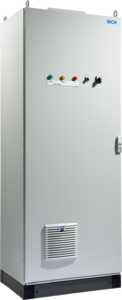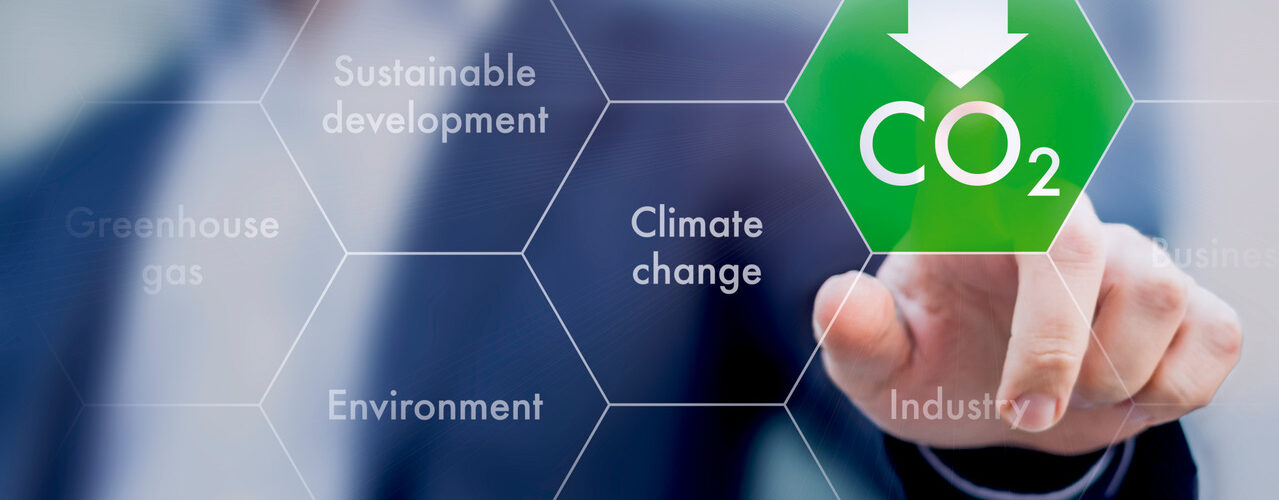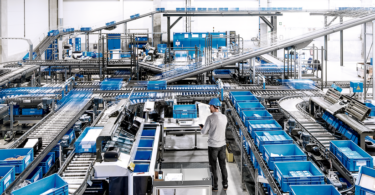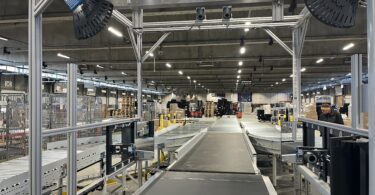Carbon capture, storage, and utilization are all essential components in the decarbonization process that can reduce the effects of climate change
 When carbon dioxide is released into the air, it contributes to air pollution. It’s a simple fact that carbon dioxide is not good for our air, and the energy revolution has brought this to light. However, if CO2 is captured and stored, it can make a significant contribution to reducing CO2 emissions and help with generating more green products.
When carbon dioxide is released into the air, it contributes to air pollution. It’s a simple fact that carbon dioxide is not good for our air, and the energy revolution has brought this to light. However, if CO2 is captured and stored, it can make a significant contribution to reducing CO2 emissions and help with generating more green products.
Carbon dioxide is the key ingredient in the power-to-gas concept, a long-term way to store electricity and use renewable electricity sources. This technology involves storing renewable energy in the form of synthetic methane gas to provide a combined solution that both reduces CO2 and allows problematic green power surpluses to be stored.
The process that goes into producing plastics free of petroleum involves the use of CO2. Many methods are currently being tested to supply raw materials for rubber and plastics for a wide range of everyday products like disposable tableware. Recovering carbon dioxide directly from the air is a possibility, but there is no way that would be profitable.

However, a win-win option would be to separate the CO2 from the exhaust gas emitted by conventional power stations or industrial plants and transfer it to a suitable CO2 recovery process for storage. The recovery process would involve removing most of the carbon dioxide from the flue or exhaust gas by means of a chemical or physical solvent. Around 85 to 90 percent of the CO2 could be separated in a profitable manner using this method. This is where SICK plays a role because analyzers and gas flow meters from SICK monitor the separation process.
Transporting CO2 Back Underground
An affordable way of making a significant reduction to CO2 emissions may be provided by carbon capture & storage (CCS). Rather than releasing fossil carbon dioxide into the air, it can be captured either during the process or before it reaches the chimney and concealed in layers of the earth that contain salt water. The technology may prove to be particularly attractive for countries like China or Poland who produce most of their power from fossil-fuel power stations. With CCS, the oxy-fuel principle only has a relatively small impact on its efficiency. The method has also been tested successfully at a German testing facility where SICK analyzers were used.
The oxy-fuel principle involves the combustion of carbon dioxide with pure oxygen and recirculated gas which produces water and carbon dioxide. To ensure that the CO2 can be stored as efficiently as possible, it must be extremely pure. Due to a purity level of up to 99.7 percent, optimum qualities were achieved and analyzers from SICK played a key role in this. Once the dust had been removed, the MCS200EHW extractive multi-component analyzer system recorded the fluctuating sulfur and CO2 concentrations in the damp raw gas without any problems, despite the different combustion capacities and fuels used. Following desulfurization, the MKAS multi-component analyzer system with SIDOR monitored the sulfur dioxide and CO2 in the purified gas as it was being supplied to the separation facility. The FLOWSIC500 gas flow meter ensured that the gas flows were measured precisely. If geological storage is being used to sequester the CO2, additional quantitative and qualitative measuring tasks would be necessary, like monitoring any leaks.
Giving plants an extra helping of CO2
Algae, a popular raw material for pharmaceutical products and the production of biodiesel, likes to be fed plenty of CO2. Carbon dioxide is a source of nutrients for algae and nitrogen oxides act as a fertilizer. At an algae cultivation pilot plant operated by Subitec GmbH and EnBW, exhaust gases from a biomass power station were used and monitored with measuring technology from SICK.
The rate of CO2 reduction was determined by measuring the difference at the plant’s inlet and outlet and the SIDOR extractive NDIR gas analyzer from SICK helped come to this conclusion. If the CO2 concentrations required for algae to grow are known, the plant can be controlled in an optimum manner. Monitoring the dilution of the exhaust gas with ambient air controls the concentration. The GMS800 gas analyzer with the DEFOR analysis module, which operates based on the UVRAS principle, also tested the extent to which the algae are able to use NO or NO2 as fertilizer. The associated analyzer system was set up outdoors and with a temperature control system.
Similar to the process used in an industrial greenhouse, tomatoes are also naturally strengthened with carbon dioxide and small quantities of nitrogen which acts as a fertilizer. SICK’s approved MAC800 modular analyzer system controls the process. The supply of NOx is converted into natural air/nitrogen and water by injecting a reduction agent and using a downstream catalyst in an SCR denitrification plant. Measuring the NOx with the GMS800 DEFOR helps ensure that the reduction agent is precisely metered and reduced to a minimum. The emissions limits are also reliably monitored.
The level of carbon dioxide in our atmosphere is increasing, leaving us with polluted air. But, with the knowledge we have for capturing and storing carbon dioxide can reduce these numbers significantly, all with the help of SICK sensors monitoring these processes.
Want to learn more about carbon capture technology?






